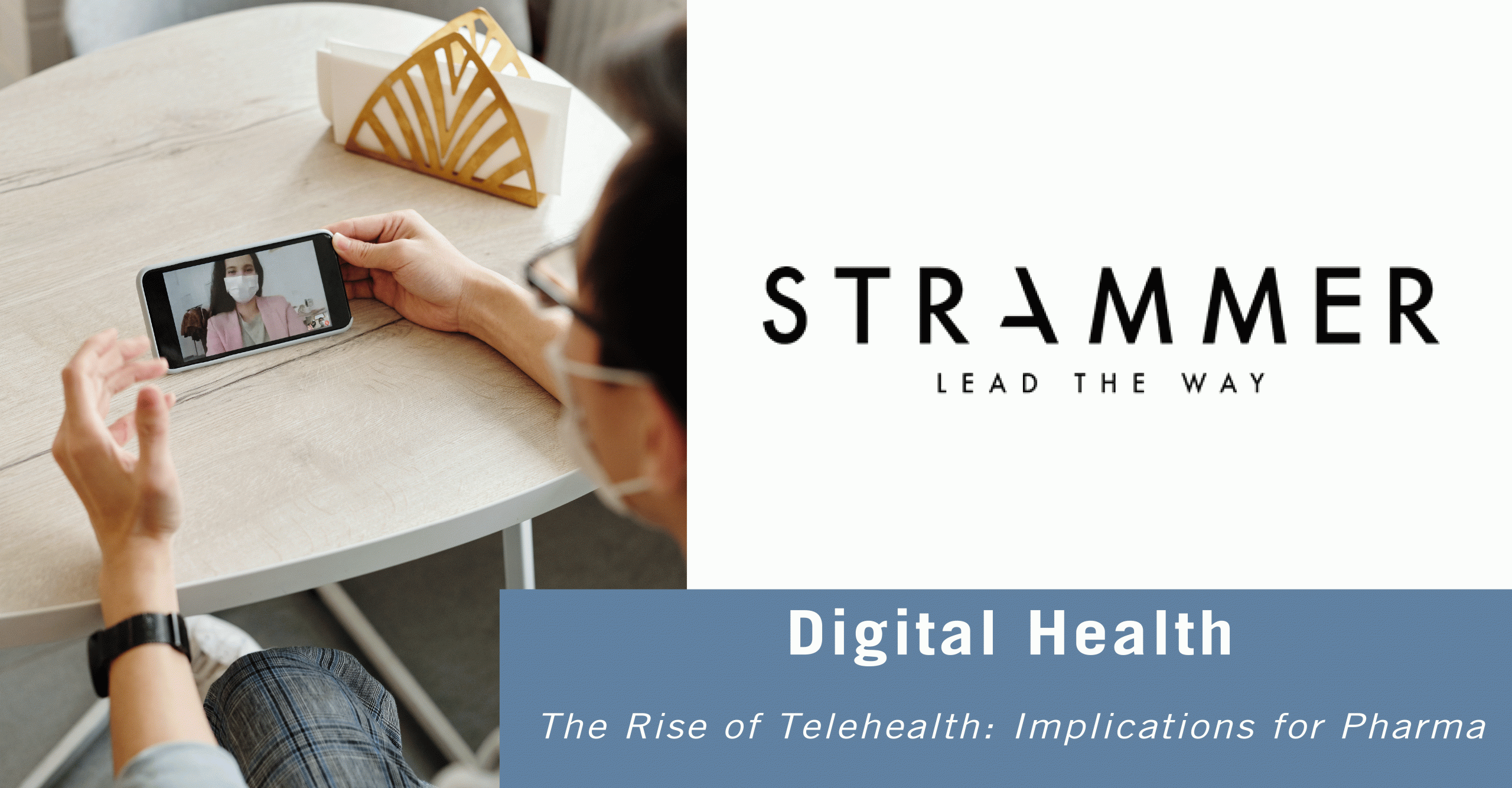The Growth of Telehealth and the Implications for Pharma
Last year, largely driven by Covid-19, the use of telehealth services surged. According to the American Academy of Family Physicians, the term telehealth denotes “a broad collection of electronic and telecommunications technologies and services that support at-a-distance healthcare delivery and services.” Including virtual consultations, reminders, and mobile health, among other services, the rise of telehealth and its future evolution has important implications for pharmaceutical companies.
One growing service in telehealth is digital pharmacies and the market for direct-to-customer prescriptions. As more and more patients obtain their prescriptions through an online provider, companies must re-evaluate and adapt their supply chains. Technologies like A.I. can help manufacturers with supply and demand forecasting and help them produce the right product quantities.
Telehealth could also contribute to combating patient non-adherence, which has implications for patient treatment responses and companies’ commercial activities. Studies suggest non-adherence, to varying extents, is a pervasive problem, being present in up to 50% of patients. Telehealth services like smartphone apps, emails or e-health platforms can provide usage directions and alerts to remind patients to take their medication, and early findings suggest such features increase compliance. Given the negative impacts of poor adherence on treatment outcomes, telehealth interventions could result in improved patient health outcomes and a better positioning of products in the market.
Increasing digitalisation in healthcare is also shifting how pharmaceutical companies communicate about their products. Telehealth platforms are now providing a site of exchange between product representatives and healthcare professionals, and opportunities to share information digitally. Building capacities to market effectively in the digital space will therefore be increasingly important in engaging prescribers and outperforming competitors.
One important challenge in telehealth expansion is earning and maintaining the confidence and trust of patients when it comes to the security and protection of their data. It is of utmost importance that patients can be reassured that healthcare providers are safeguarding their personal and health information. Providers must ensure their systems are highly secure and educate their staff on cybersecurity to help avert attacks and data breaches.
There are also other challenges to overcome, including gaps in telehealth awareness among users and a lack of internet access in rural regions, according to one European telehealth market analysis. However, from 2019 to 2025, the telehealth market is expected to expand at a CAGR of over 28%. And many think positively about telehealth’s potential to supplement traditional healthcare systems to improve patient experience, satisfaction, and outcomes. For companies, earning patient trust and the capabilities to adapt will be crucially important as telehealth, and the healthcare landscape more widely, continues to evolve.
References:
- Keeping Up with Telehealth: Pharma’s Evolution, December 2020, PharmaExec.com.
- Why is a romance burgeoning between pharma and telehealth? July 2020, ExpressPharma.
- Pharma’s Role in Personalized Smart Health, May 2016, PharmaVoice.com.
- Wearables in Clinical Trials: Exciting Developments and Lingering Concerns, Linda Kesselring, August 2020, Emory Technology Transfer Blog.
- Securing The Future Of Telemedicine, Andrew Peterson, June 2020, Forbes.





